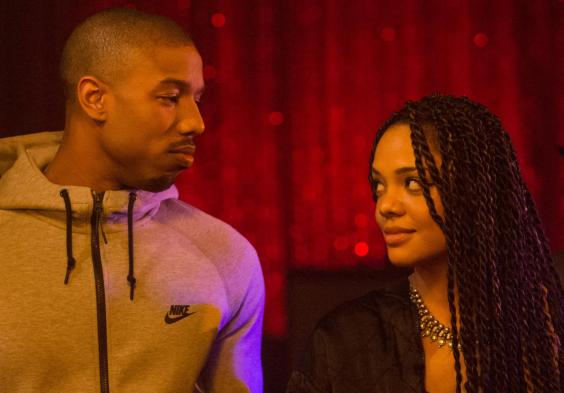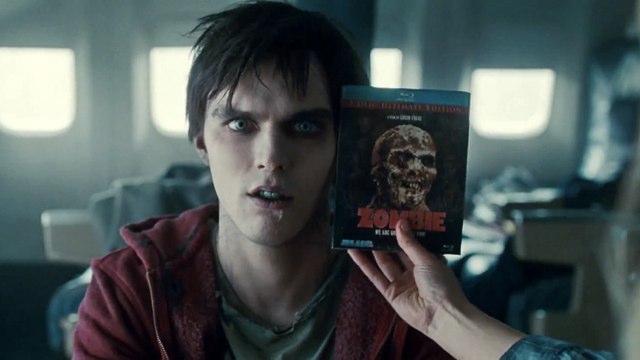In the life of big name Hollywood actors, it's understandable that not every celebrity is going to be performing in a spectacular film every time a movie comes out with them in it. It's very rare that this does happen, but almost every well-acclaimed thespian has one or two labeled ugly ducklings in their filmography. Surprisingly for this movie, this has been tagged as one of them for almost every popular actor cast in this production. According to what was reported, Universal Studios has disowned this movie for a series of bad test screenings, re-shoots and various producers backing out for unexplained reasons. Starting in 1999, the final product would be shelved for three years before seeing the light of day. Critics were none to pleased in result of it and it continues to be overlooked by many just because of the reputation that it gained. In all sincerity, this is not the worst film any of the crew to this assembly have been in. There are noticeable issues but it doesn't entirely destroy the viewing experience.
 |
| Jake Malloy |
Viewers are introduced to F.B.I. agent Jake Malloy (Sylvester Stallone) hunting a slippery serial cop killer. Breaking down after witnessing a brutal crime scene, his Captain (Charles S. Dutton) sends him to a solitary location specializing in detoxing cops. There, Malloy meets his fellow patients, but among them is Malloy's deadly suspect of which he’s not aware. As death begins to rear its ugly head around the facility, it's up to Malloy and company to figure out who it is and stop them. Based on Jitter Joint, a book written by Howard Swindle, the premise is somewhat close but after that it heads down familiar territory. This is in part based on the adaptation by Ron L. Brinkerhoff (in his first writing credit) and director Jim Gillespie who is best known for making I Know What You Did Last Summer (1997). For direction, much of the execution does feel very standard and the writing is weak in a number of areas. Brinkerhoff would later go on to write for The Guardian (2006), which did get more audience approval than critics.
Aside from Gillespie's rather cut and dry directing, Brinkerhoff's script has errors that pertain to continuity, unresolved subplots and missing motivations for various characters. For one thing, the killer acts very much like all the other horror icons. How does one have the ability to be in more than one place at once? Yeah, it is supposed to be psychological but once the hand has been revealed, the facts should add up - but they don't. Also there's a lack of reasoning for certain actions various individuals make. Only sometimes is any actual justification given. Lastly when things get resolved, not all threads are tied up. This is probably due to all the reshoots and such the production ended up doing. This isn't so much all Brinkerhoff's fault but he did write it. However even with these problems, not everything is that dreadful. For one thing, Brinkerhoff does manage to keep a few horror cliché’s off the list and that is blissfully enjoyable. It's one thing to ask for perfection and it's another to be grateful for the small things.
Another plus is the acting, of which all are acceptable. Malloy’s (Stallone) fellow patients are Slater (Christopher Fulford), Conner (Sean Patrick Flanery), Rev. Jones (Courtney B. Vance), Noah (Robert Patrick), McKenzie (Robert Prosky), Lopez (Angela Alvarado), Jaworski (Jeffrey Wright) and Brandon (Mif). Overseeing them is Doc (Kris Kristofferson), Jenny (Polly Walker), Hank (Tom Berenger) and Jack (Stephen Lang). For the people mentioned, this is actually a large and well-rounded cast of very well-known actors. Some of which, these actors haven’t been in a horror genre film. Seriously, this is the only film in which Stallone is a victim and not the other way around. It's rare to see him act in such a different setting and that deserves credit. Now although the horror element to this movie isn't truly clever, there are some pretty gruesome deaths put on screen. Not all of the kills are on screen but even the aftermaths are a bit unsettling. There are stabs, cuts, strangling and other sorts of acts when the killer is around.
 |
| "Sorry, Kurt Russell couldn't make it today...." |
The setting to most of the story takes place in an old asylum in the middle of winter. Being that everyone is stuck in the same building and the situation they're in, the story has a mix of the usual horror slasher tropes and John Carpenter's The Thing (1982). For cinematography, Dean Semler worked as the director of photography. Semler has also worked on the Mad Max 2: The Road Warrior (1981), Mad Max Beyond Thunderdome (1985), We Were Soldiers (2002), xXx (2002), Bruce Almighty (2003) and Maleficent (2014). For the scenes shown no matter if re-shoots or not, all scenes are clear and well-lit where required. Only once was it shaky and that was for a chase scene. The musical score composed originally by John Powell was also well done. Sadly, Powell's score has never been fully released due to the production delays and rejections. Only a couple tracks seem to have surfaced. The music contains beautiful piano themes for Malloy and deep drawn out strings in a minor key with ominous knocking noises to signal the tension.
The writing isn't specifically unique in exposition and the execution is your run of the mill. Clarity is also a difficult thing to come by among character decision making. Even with this, the actors perform decently, the violence is fairly brutal, the cinematography is adequate and the music is recognizable. Plus, this is the only horror type film Sylvester Stallone has ever been in.
Points Earned --> 6:10









